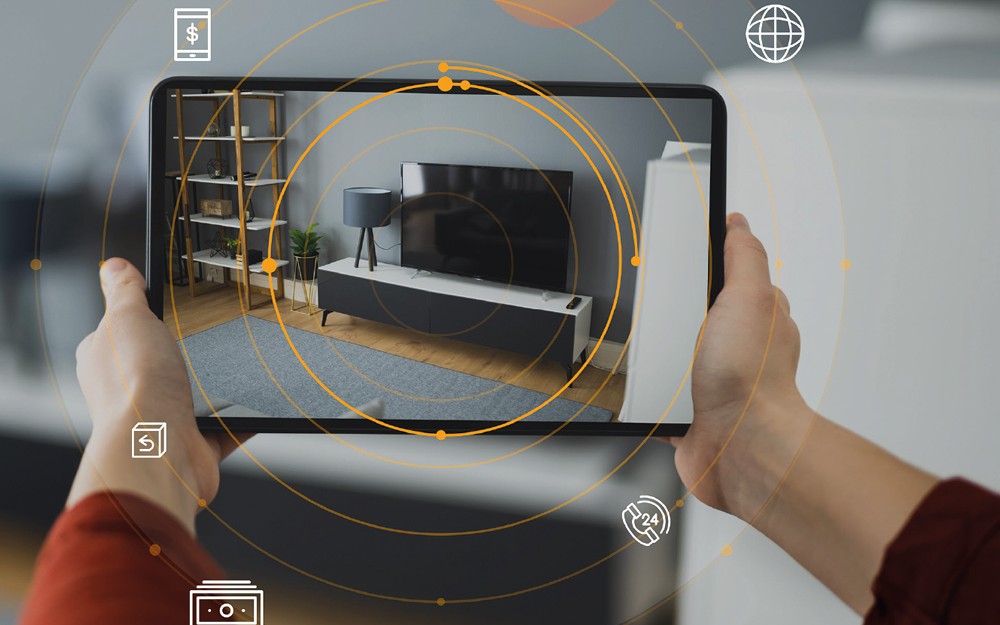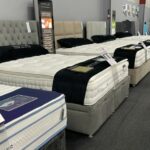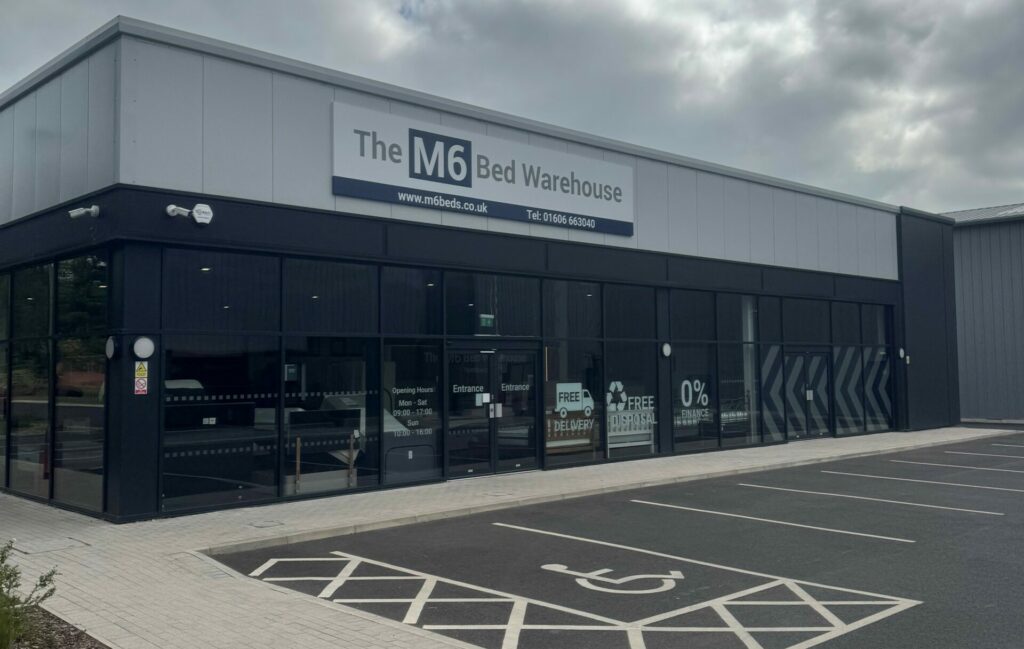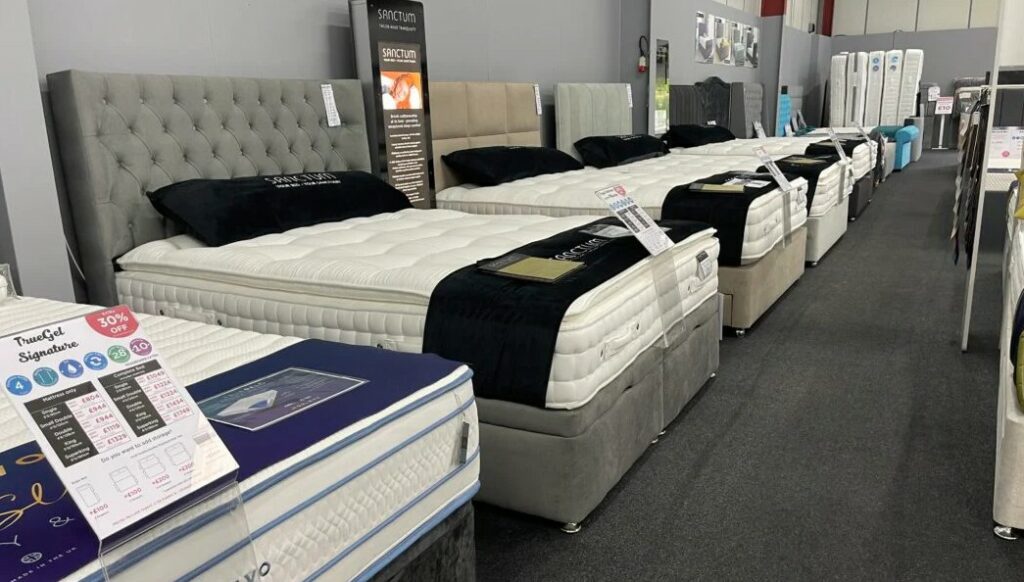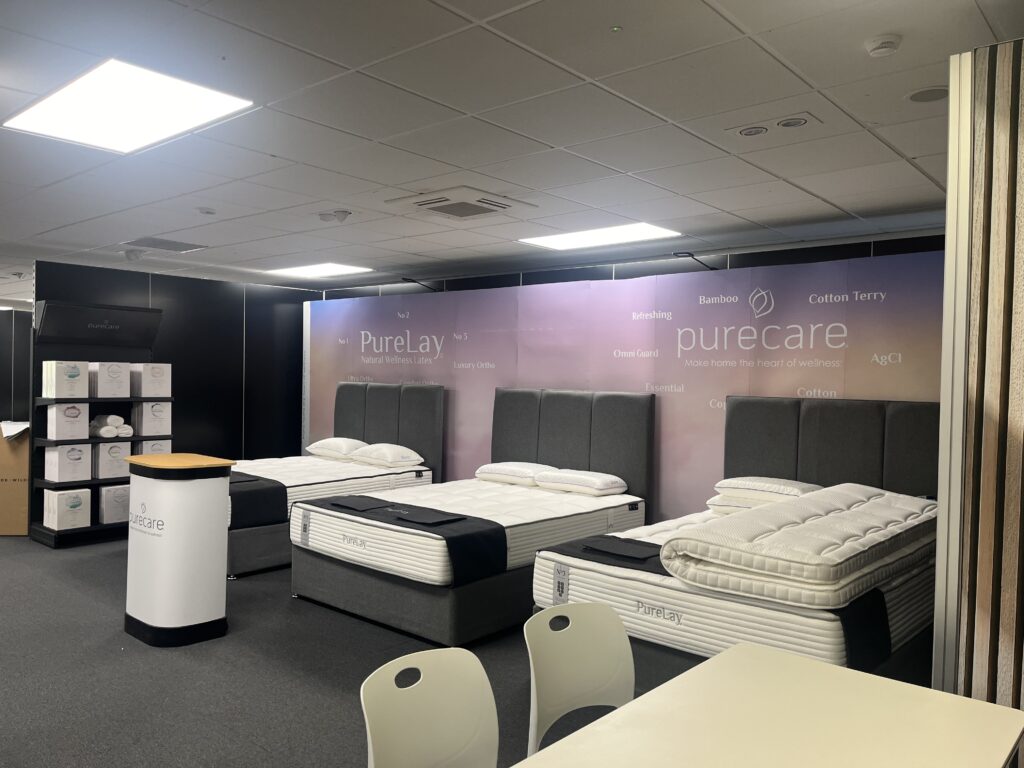Step into an American furniture showroom on a weekend, and you’ll see retail in action. A couple compares prices online as they browse, a woman uses an iPad to visualize a sofa in her living room, and another customer finalizes an order online, opting for in-store pickup to test-sit the chair before taking it home. This seamless blend of online and offline shopping is the “omnichannel revolution” transforming furniture retail.
Gone are the days of visiting a showroom, testing a few sofas, and haggling over prices. Today’s shoppers move effortlessly between Instagram inspiration, online research, and in-store experiences. And it’s not just an American trend—consumer expectations are evolving.
Omnichannel is more than just selling through multiple channels—it’s about connecting them all for a smooth, integrated experience. A shopper might:
1. Discover a chair on Instagram.
2. Click through to check dimensions and reviews online.
3. Visit a store to try it out.
4. Order via an app or in-store kiosk for home delivery or pickup.
5. Return it through any channel, with consistent customer support.
Everything is connected. A shopper’s browsing history informs in-store recommendations. Sales associates can access real-time stock updates and assist customers more efficiently. Pricing remains consistent, and customers avoid frustrating out-of-stock surprises.
Tech is at the heart of this transformation. Augmented reality allows customers to “place” furniture in their home before buying, reducing returns. Artificial intelligence personalizes shopping, suggesting matching accessories or reminding customers of past purchases. In-store kiosks let shoppers explore upholstery options and coordinate delivery seamlessly. The result? A frictionless journey that feels intuitive and personal.
Furniture showrooms are evolving into immersive spaces. Take Restoration Hardware, which transformed stores into “galleries” with cafés and curated art. The goal? Make visiting the store an experience, not just a transaction. Free design consultations, interactive product demonstrations, and inviting lounge areas keep customers engaged. Even digital elements—like touchscreens showcasing extended inventory—enhance the experience.
Meanwhile, some online furniture brands are launching pop-up shops where customers can see, touch, and test bestsellers before ordering online. By blending digital convenience with tactile experiences, retailers keep customers engaged and satisfied.
Behind the scenes, a sophisticated supply chain powers omnichannel success. Retailers sync inventory across warehouses, stores, and online platforms to ensure availability and fast delivery. Enterprise software tracks stock levels, predicts demand, and personalizes recommendations. The challenge? Managing complex logistics while maintaining real-time accuracy. Brands that get it right turn fast, reliable shipping into a competitive edge.
Omnichannel retail is more than a trend—it’s the future. Customers expect a seamless, tech-driven experience that blends online convenience with the sensory richness of in-store shopping. Retailers who embrace this shift, integrating technology and personal service, will build lasting customer loyalty in an increasingly connected world.


